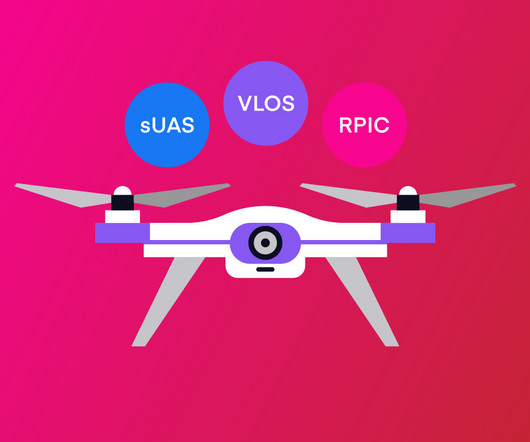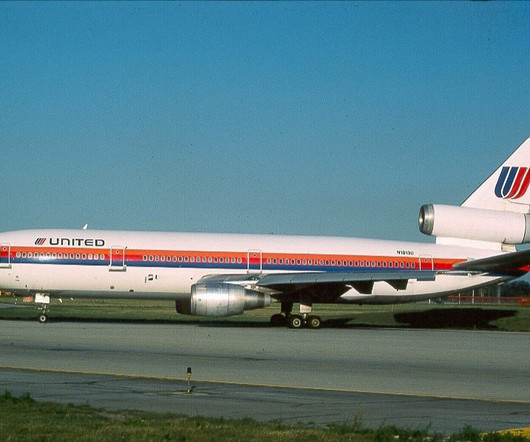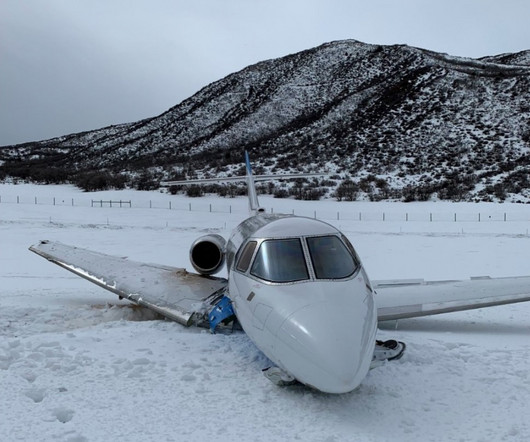The anatomy of a commercial flight – all you ever wanted to know: Part one
Aerotime
NOVEMBER 22, 2024
Yakobchuk Viachelev / Shutterstock One of the last activities you may notice before the doors close will be the flight dispatcher entering the flight deck to hand over any last-minute paperwork, the final passenger and fuel figures, and a finalized load sheet to the flight crew.
















Let's personalize your content